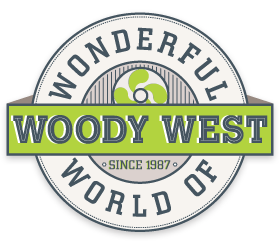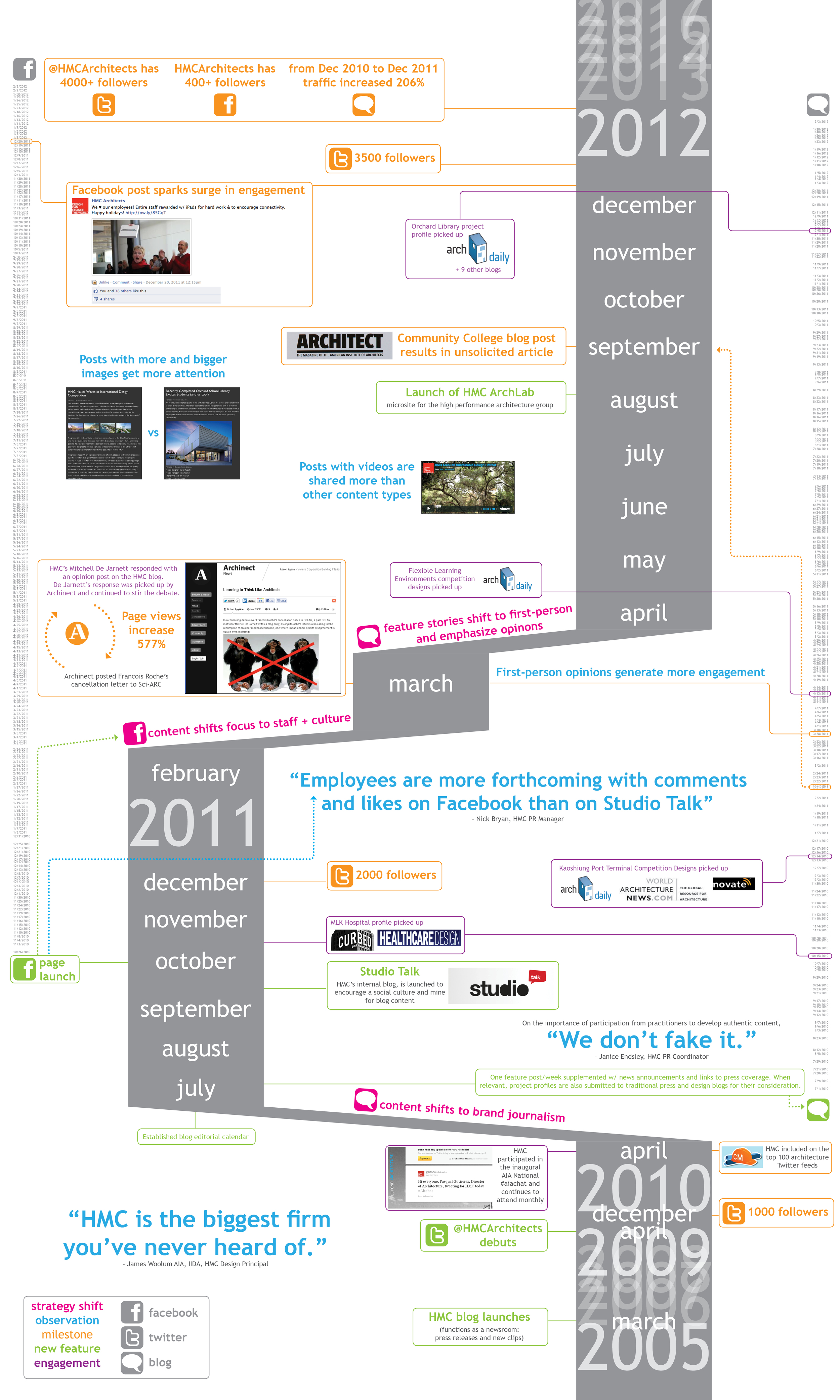Earlier this week, I responded to a new discussion question by Kristin Kautz on the SMPS LinkedIn Group about how to structure a communications campaign around a retiring executive.
 I offered five tips to Kristen based on the communications campaigns I’ve led for mergers and acquisitions with the final tip being “Keep it positive!” After all, retirement is the rite of passage that we all strive for and it should be a celebration of this person’s accomplishments and contributions to the company and their profession.
I offered five tips to Kristen based on the communications campaigns I’ve led for mergers and acquisitions with the final tip being “Keep it positive!” After all, retirement is the rite of passage that we all strive for and it should be a celebration of this person’s accomplishments and contributions to the company and their profession.
 A day or so later, Jason Mlicki offered an example of exactly this sort of celebration. As a marketing consultant to environmental services firm Verantis, Mlicki built a microsite to celebrate the career of Woody Wilson West, one of Verantis’ retiring engineers. The Wonderful World of Woody site features a fun and only partially-fictional list of Woody’s super hero-like accomplishments and the ability for anyone to add their memories and congratulations. Perhaps the most effective part of this is that the message focuses on Woody’s specialization – FRP Fans.
A day or so later, Jason Mlicki offered an example of exactly this sort of celebration. As a marketing consultant to environmental services firm Verantis, Mlicki built a microsite to celebrate the career of Woody Wilson West, one of Verantis’ retiring engineers. The Wonderful World of Woody site features a fun and only partially-fictional list of Woody’s super hero-like accomplishments and the ability for anyone to add their memories and congratulations. Perhaps the most effective part of this is that the message focuses on Woody’s specialization – FRP Fans.
Not that I have any idea what an FRP Fan is, but I assume that most of the site’s visitors do and that this topic is something that Verantis proudly pioneers. Mlicki and Verantis show that Woody and his subject-specific expertise has been an asset to the firm AND that he has built the firm’s body of FRP Fan knowledge – a subtle assurance to Verantis clients that Woody’s know-how is ingrained in the firm’s systems and minds of its remaining consultants. Nice work Jason and thank you for sharing the link.
In case you are interested, here are my five tips: 1. Consider your audiences. I'd suggest running through your list of audiences and considering what their concerns would be -- e.g. Clients: Will my project be affected? Do I have someone else at the firm who I trust and want to continue to work with? Will this affect the firm's ability to maintain overall quality or business acumen? Staff: Who will fill the void? What upward mobility opportunities does this create in the firm? ...
2. Consider your messages to each audience. The more concerns a group has, the more personal you'll want the communications to be. - With staff, consider a company- or office-wide meeting to announce it. - With clients, perhaps phone calls by the partner him/herself on the projects they lead directly, otherwise the clients' primary contact at the firm. My hunch is that having a trusted person in place is going to be one of the most important messages to clients, so a series of in-person client meetings with the replacement leader or new contact would be necessary. - With vendors, perhaps a letter is sufficient - With the industry/press/public, press releases are standard, but perhaps they could be accompanied by a video highlighting this person's contributions to clients and the industry. Meet w/ select industry journalists to see if there may interest in a profile story.
3. Consider all your existing communications vehicles and who they reach and include these channels as a part of the announcement -- e.g. newsletter, e-blasts, website, blog, Facebook/LI/Twitter.
4. Consider the sequence and timing of communications: e.g. 1. Tell partners. 2. Tell staff. 3. Tell clients and vendors. 4. Tell the public.
If this is a high profile firm/individual, time your communications closely together so the rumor mill doesn't scoop you.
5. Keep it positive. Make this a celebration of a full career and new opportunities for the next tier of leadership at the firm




